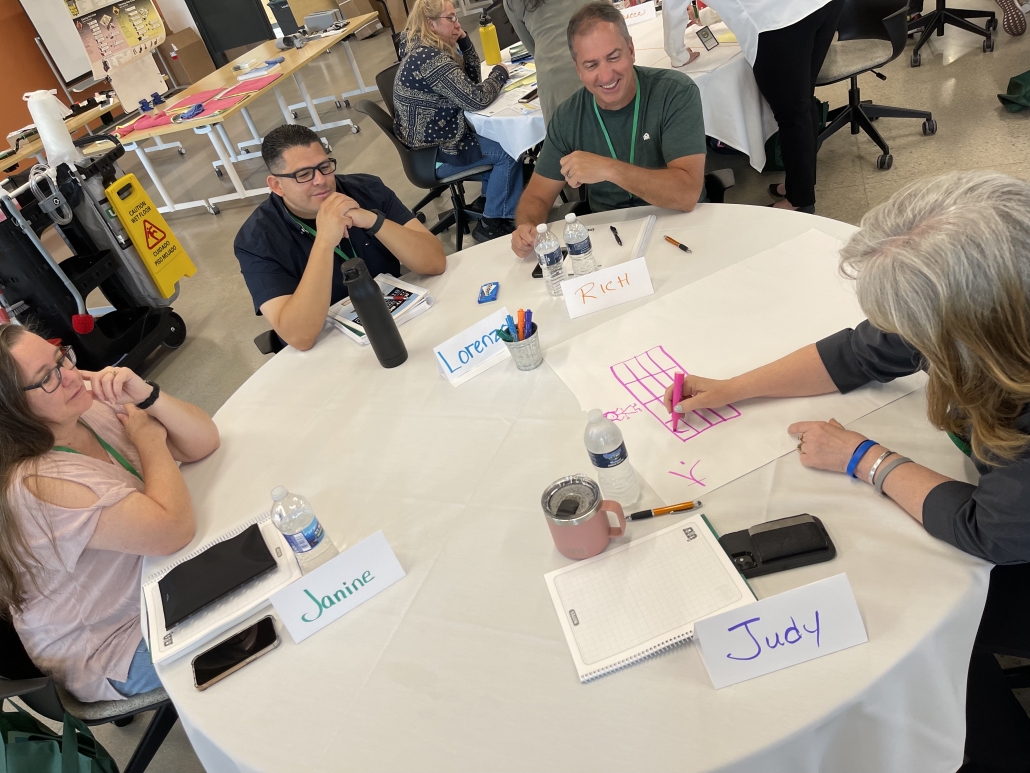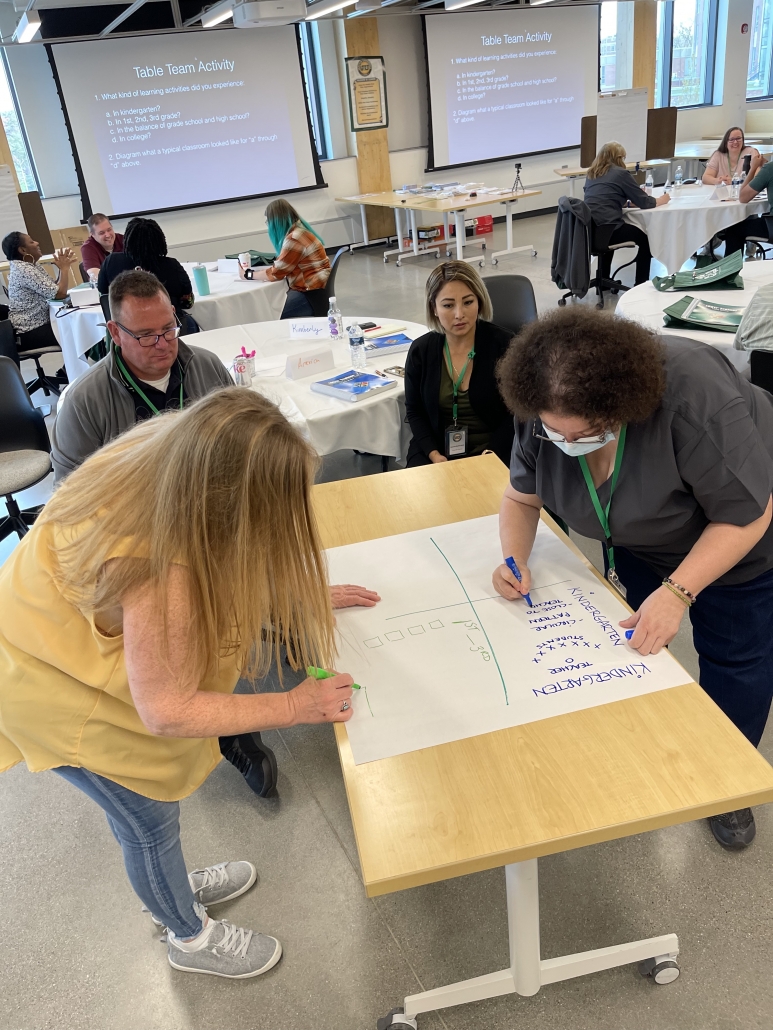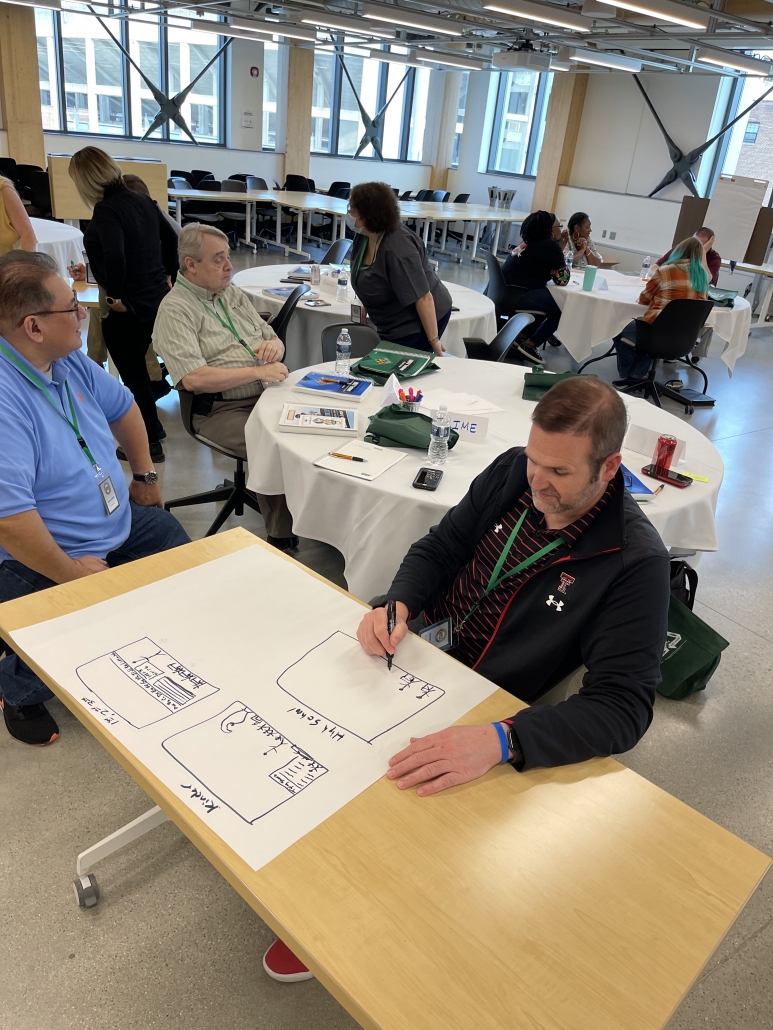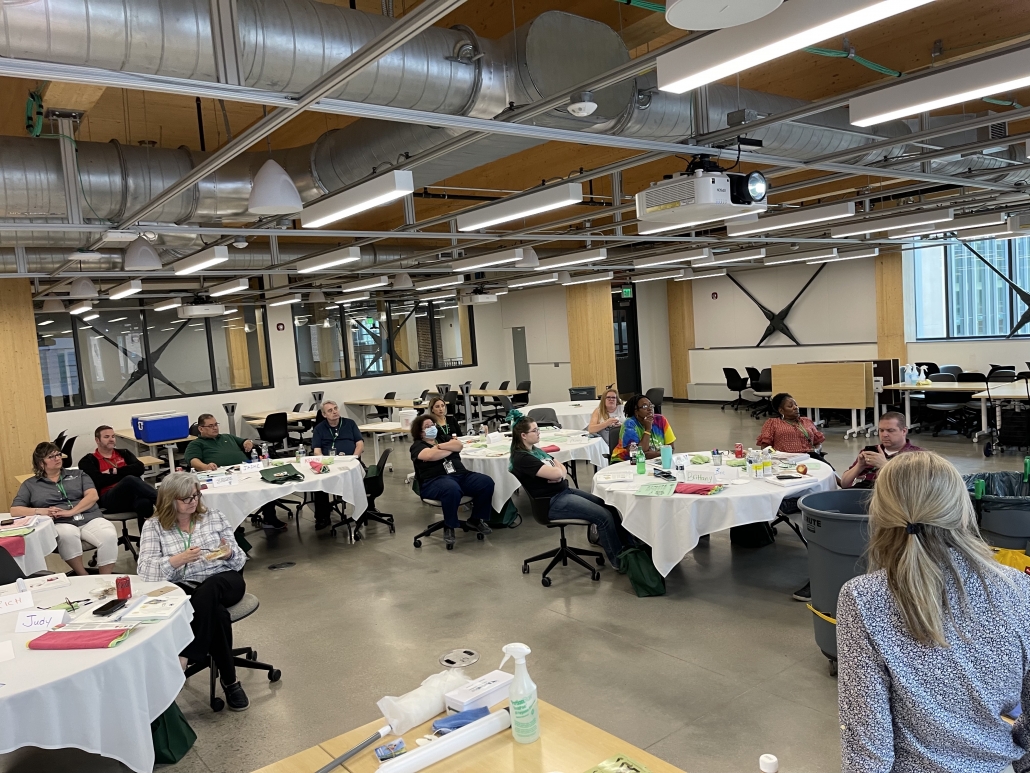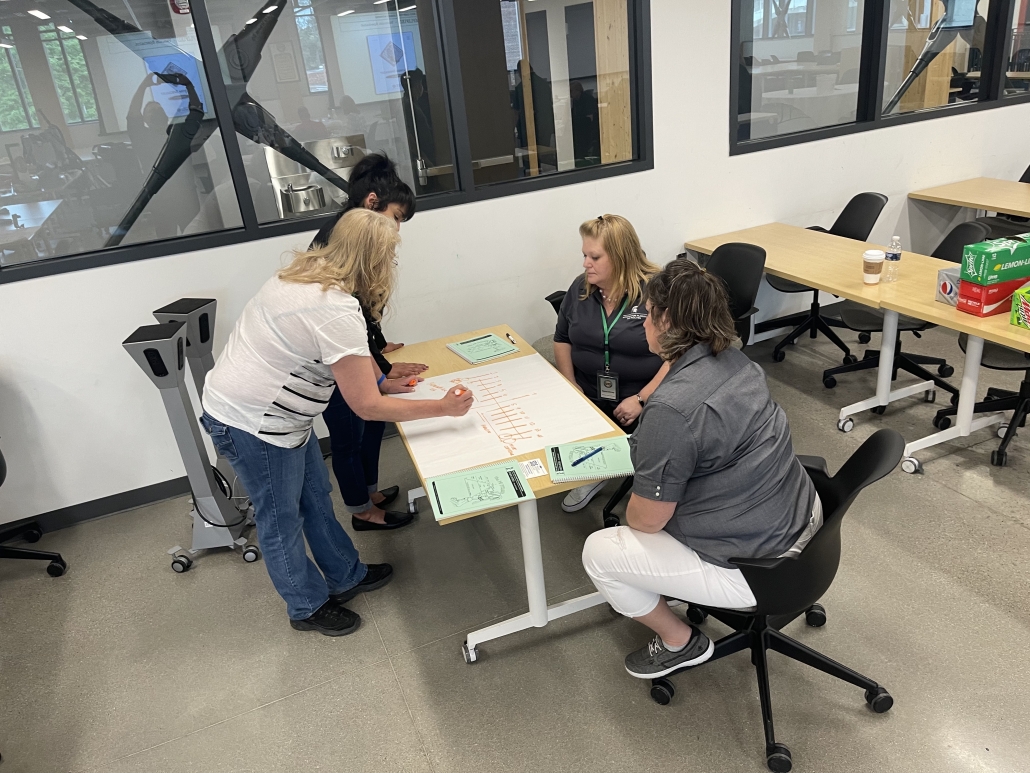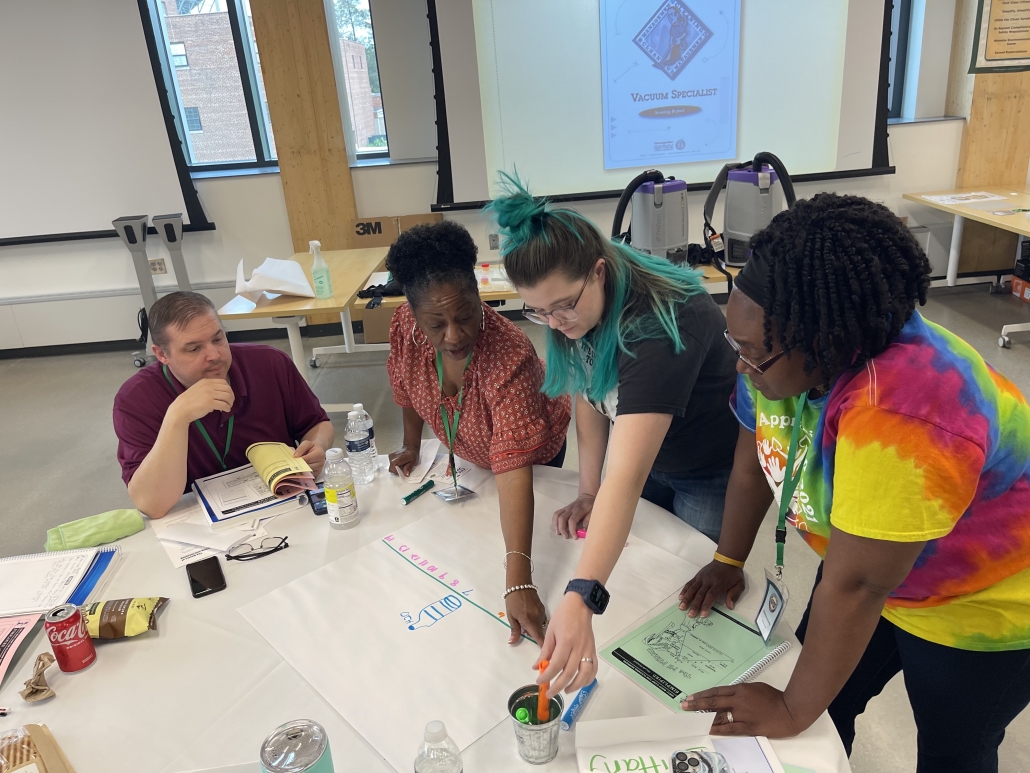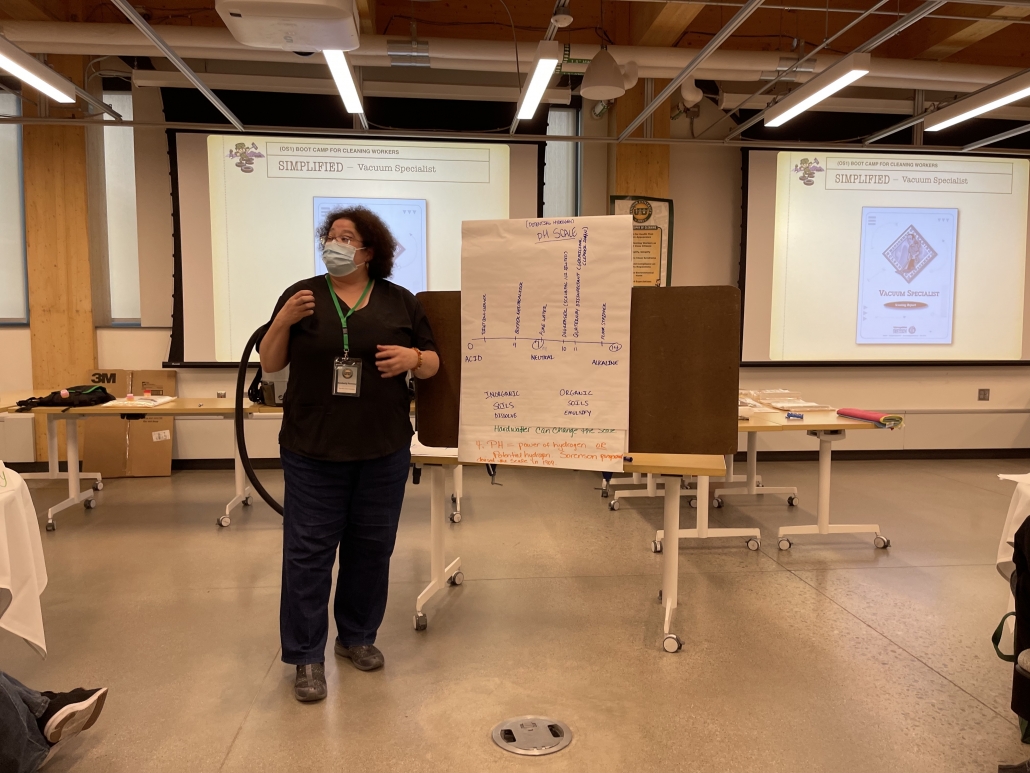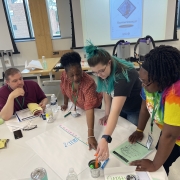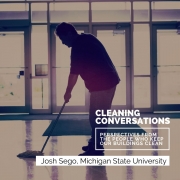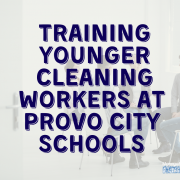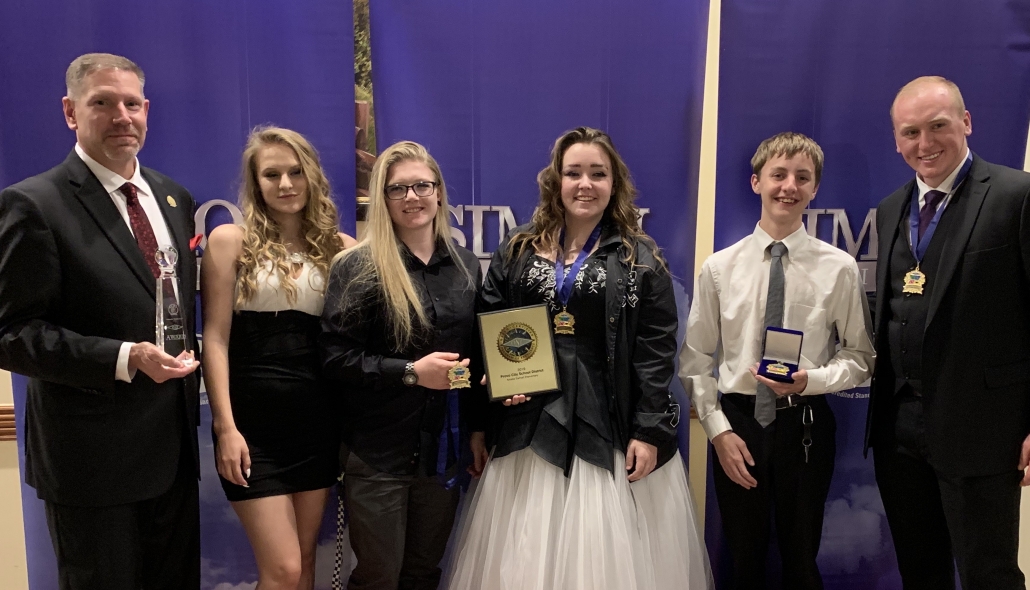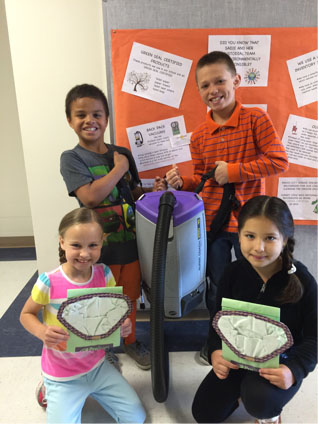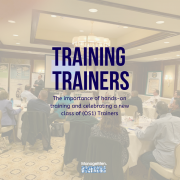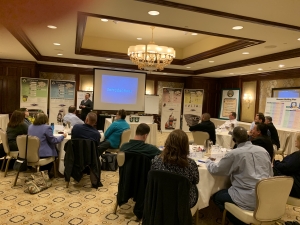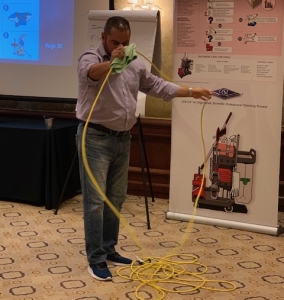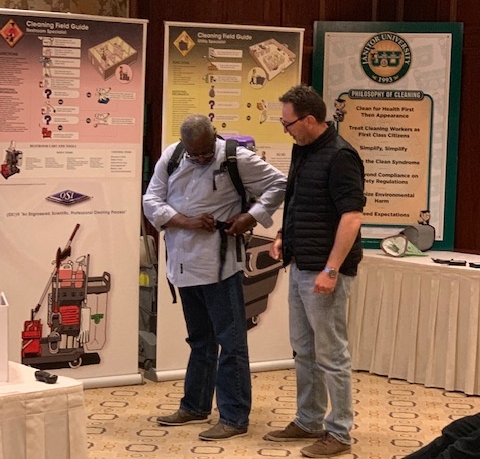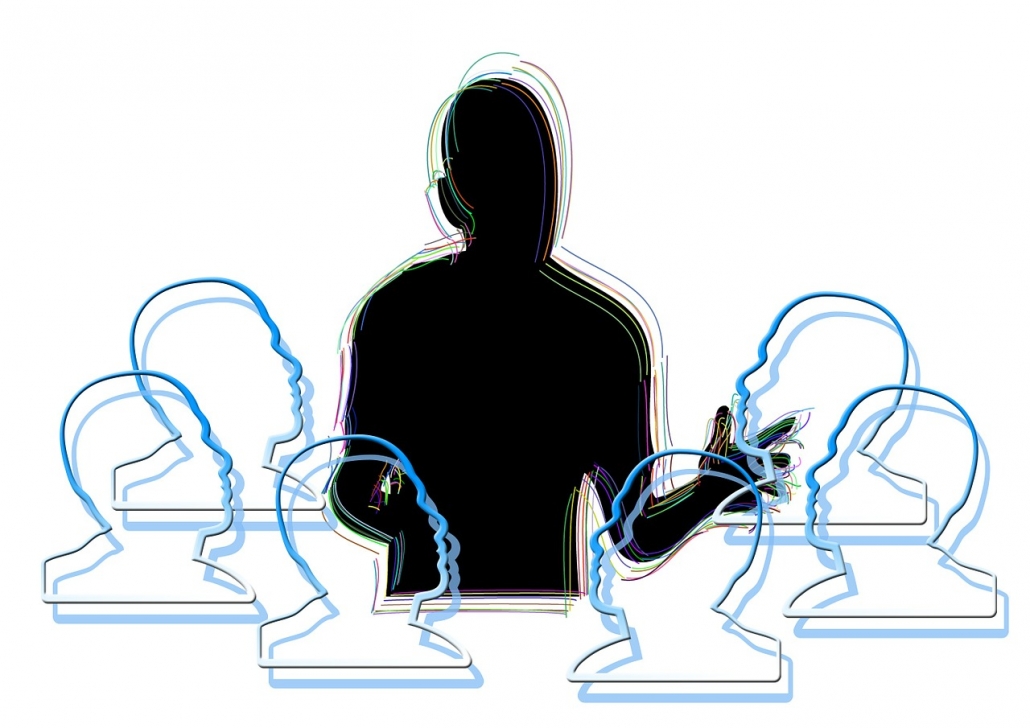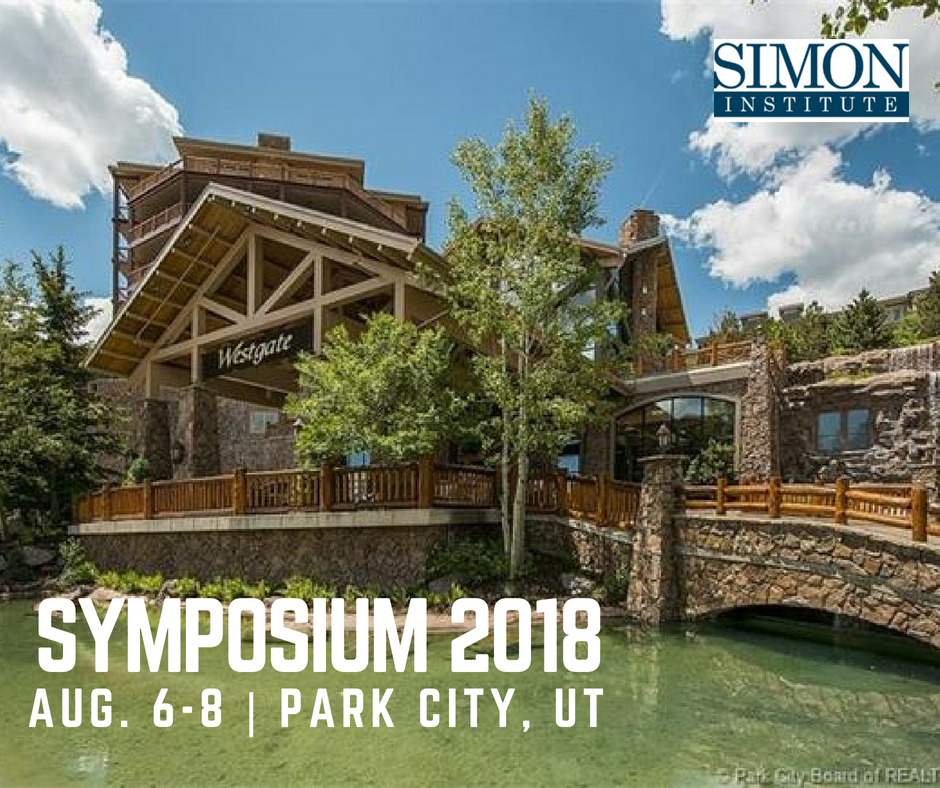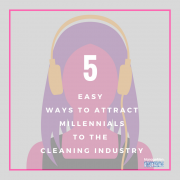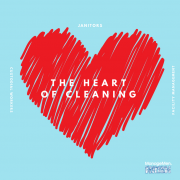“Please raise your hand if this is your first Symposium,” Kristie McNealy, MD, Executive Director of the Simon Institute instructed the packed room. More than a dozen hands shot up in the air. “Welcome! We have a great lineup of presentations and activities planned,” she promised. Two days later at the conclusion of the conference, attendees agreed—the 17th Annual Symposium at the Westgate in Park City, Utah, delivered.
Facility professionals from across the country gathered at the annual event where (OS1) users and other cleaning executives discuss best practices and learn about new tools and equipment to improve safety and productivity within their custodial operations. It’s different from other industry conferences in that a majority of the sessions highlight actual product trials—speakers offer candid reviews of how a product or system worked within a facility.
-

-
Kicking off the 2018 Simon Institute Symposium.
-

-
New and old faces mingle at the Welcome Reception.
-
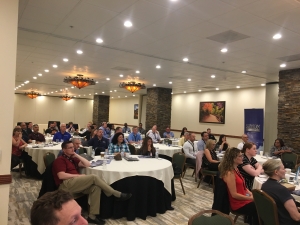
-
Morning presentations opened with some great updates about the Safe Use of Cleaning Chemicals – ANSI/SI BSR SI-0001 Standard.
-
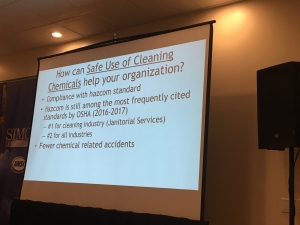
-
Understanding the need for a standard.
-
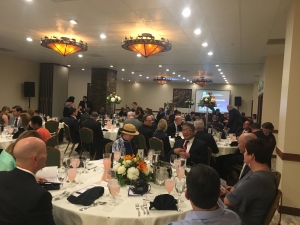
-
Look at this group! All dressed up for the 2018 Cleaning Industry Awards Banquet.
-
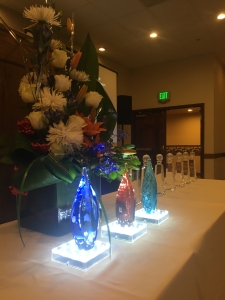
-
Three new awards were presented during this year’s Cleaning Industry Awards Banquet.
-
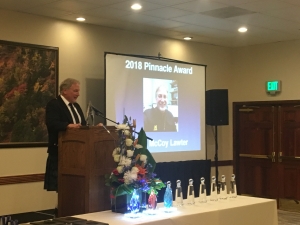
-
John Lawter of the University of Michigan accepts the 2018 Pinnacle Award, the highest honor presented during the evening.
-
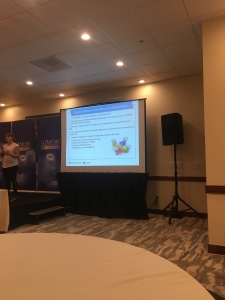
-
Cynthia Rivera of Sandia National Labs wowed attendees with her study of how the OS1 System promotes best practices in ergonomic safety.
Simon Institute is an ANSI-Accredited Standards Developer, and McNealy kicked off the event with an exciting update about the status of the Safe Use of Cleaning Chemicals- ANSI/SI BSR SI-0001—it will soon go out for public review and comment.
The first day of sessions included several talks on improving safety for custodial workers. Guido Piccarolo, CEO, discussed how new tools from Unger Enterprises that made custodial work easier for workers with disabilities at Los Angeles Habilitation House (LAHH). Flint Belk from the Workers Compensation Fund discussed ongoing safety issues within the custodial industry in his presentation “Right to Understand: Preventing Accidents by Following OSHA/ANSI Standards for Chemical Safety.”
Additional sessions covered topics including strategies for improving recycling diversion rates, understanding blockchain technology and future applications within the facility management industry and ways workers and cleaning organizations can leverage the gig economy.
During the evening, attendees donned in evening gowns and tuxedos enjoyed dinner before the annual Cleaning Industry Awards ceremony. Janitors from as far as Barbados were recognized for their performance, as Mark Unger from Unger Enterprises presented the Outstanding Cleaning Worker Awards.
Additional award recipients include:
(OS1) Green Certified Programs of Merit
• The University of Texas at Austin – L. Theo Bellmont Hall
• The University of Texas at Austin – Engineering Education and Research
• Mt. San Antontio College – Business and Computer Technology Complex, Buildings 77, 78, 79
(OS1) Green Certified Programs of Excellence
• GMI Building Services – Torrey Plaza
• Sandia National Laboratories, Albuquerque, NM
• The University of Texas at Austin – Sid Richardson Hall
Best (OS1) Audit
Sandia National Labs
Workloading Award
The University of Texas at Austin
Safety Award
Sandia National Labs
Training Program Award
The University of Texas at Austin
Trainer of the Year Award
Jeff Hawkins – Provo City School District
Best Cleaning Team Award
GMI Building Services
Best Cleaning Program
The University of Texas at Austin
For the first year, Simon Institute also presented the following new awards:
“Stay the Course” — The University of Michigan
“Research and Development” — Michigan State University
“Inspiration” — Los Angeles Habilitation House
Wednesday morning kicked off with an impressive presentation on the superior ergonomic performance of the custodial program at Sandia National Laboratories from Cynthia Rivera, CSP, SSH, CEAS I, a health and safety specialist. Additional presentations covered the performance improvements of ProTeam’s battery pack vacuums and an insightful commentary on the successful career of the 2018 Pinnacle Award Winner, John Lawter. John Walker concluded the event with his presentation, “Risky Business: The Legal Ramifications of Balancing Workloads, Locsei versus Mayfield School District, Ohio.”
Attendees to this year agreed, the breadth of information and relevant insights presented this year was unparalleled.
“At the center of everything we do is the person who does the work. I thought that all of the sessions at this year’s Symposium focused on improving the dignity and safety of the worker.”
—Guido Piccarolo of Los Angeles Habilitation House
“I just took on a new training position and found a lot of great information and tools I will be able to integrate into our program. It’s great to network with other universities and hear what is working for them.”
— Josh Sego, Michigan State University
“This was my first time attending. I found the people to be very welcoming and it enabled me to better understand the big picture of the industry.”
— Judy Ramirez, Michigan State University
“I always learn at these events. The best way to learn is from the people who are performing the work so we can improve our products. The content this year was also really good and engaging.”
— Rich Steinberg, ProTeam
“This was my first Symposium. I found it provided a great opportunity to network and make connections with other manufacturers and OS1 organizations.”
— Adrian Cook, 3M
